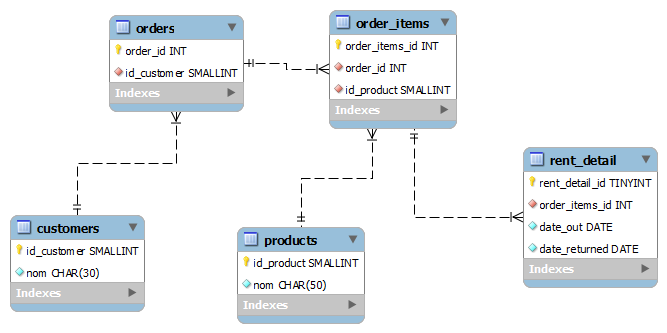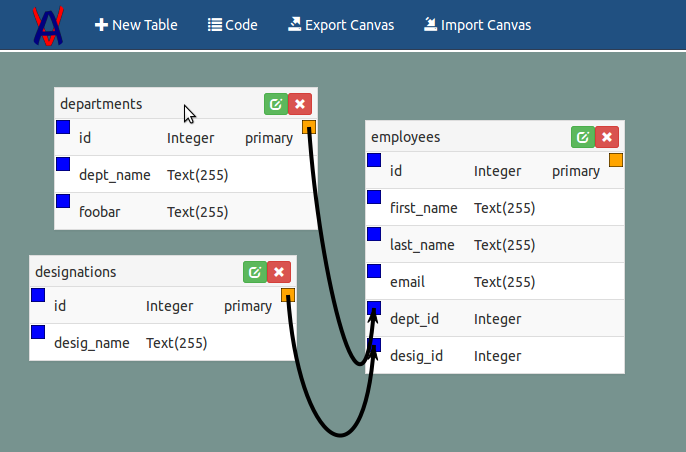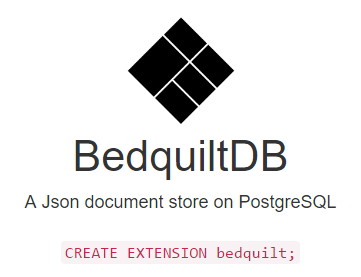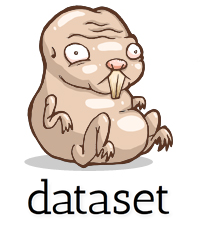Tag: database
VisualAlchemist: Open source web-based (HTML/JS) database diagramming tool
rqlite: Distributed relational database written in Go using SQLite and Raft
BedquiltDB: JSON document store built on PostgreSQL
MERN: Scaffolding tool for building apps using Mongo, Express, React & NodeJS
ZeroDB: End-to-end encrypted database protocol
dataset: Lightweight ORM for development written in Python
https://dataset.readthedocs.org/en/latest/
dataset provides two key functions that make using SQL databases in
Python a breeze:
A simple abstraction layer removes most direct SQL statements without the necessity for a full ORM model – essentially, databases can be used like a JSON file or NoSQL store.
Database contents can be exported (frozen) using a sophisticated plain file generator with JSON and CSV support. Exports can be configured to include metadata and dynamic file names depending on the exported data. The exporter can also be used as a command-line tool,
datafreeze.
Lovefield: Relational DB providing SQL-like API for webapps written in JavaScript
Link: Migrating bajillions of database records at Stripe
http://robertheaton.com/2015/08/31/migrating-bajillions-of-database-records-at-stripe/
I like reading these types of stories about how the sausage is made.
jOOQ: Full-featured, Java SQL-centric (non-ORM) database library
Github page: https://github.com/jOOQ/jOOQ
Example 1:
create.selectFrom(BOOK)
.where(BOOK.PUBLISHED_IN.eq(2011))
.orderBy(BOOK.TITLE)
Example 2:
create.select(AUTHOR.FIRST_NAME, AUTHOR.LAST_NAME, count())
.from(AUTHOR)
.join(BOOK).on(AUTHOR.ID.equal(BOOK.AUTHOR_ID))
.where(BOOK.LANGUAGE.eq("DE"))
.and(BOOK.PUBLISHED.gt(date("2008-01-01")))
.groupBy(AUTHOR.FIRST_NAME, AUTHOR.LAST_NAME)
.having(count().gt(5))
.orderBy(AUTHOR.LAST_NAME.asc().nullsFirst())
.limit(2)
.offset(1)
Type-safety example:
select().from(t).where(t.a.eq(select(t2.x).from(t2));
// Type-check here: ---------------> ^^^^
select().from(t).where(t.a.eq(any(select(t2.x).from(t2)));
// Type-check here: -------------------> ^^^^
select().from(t).where(t.a.in(select(t2.x).from(t2));
// Type-check here: ---------------> ^^^^








